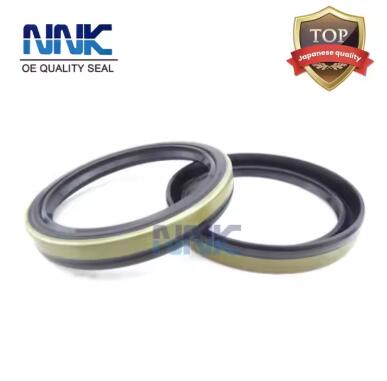Your Position: Home - Seals - What Is an Automotive Oil Seal and How Does It Work?
Automotive oil seals are critical for maintaining engine efficiency by preventing leaks and protecting components. This article explains their purpose, functionality, and practical applications.
An automotive oil seal, also called a shaft seal, prevents oil leakage from engines and gearboxes while keeping contaminants out. It ensures efficient operation and protects key components from wear and tear.
The seal creates a barrier between rotating and stationary components. Its flexible lip presses against the shaft, preventing oil from escaping and blocking dirt and debris from entering.
| Component | Function |
|---|---|
| Outer Casing | Provides structural support and fits snugly into the housing. |
| Sealing Lip | Maintains contact with the shaft to prevent leaks. |
| Spring | Enhances the sealing lip's pressure for better performance. |
Rotary Seals: Used in rotating shafts, such as crankshafts and camshafts.
Static Seals: Designed for non-moving components.
Dynamic Seals: Handle applications with axial or radial motion.

A logistics company faced frequent gearbox failures due to oil leaks. Switching to high-quality oil seals reduced maintenance costs by 30% and extended component lifespan, improving overall fleet reliability.
Prevent oil leaks, reducing waste and environmental harm.
Extend engine and gearbox life by blocking contaminants.
Enhance vehicle performance and fuel efficiency.
Visible oil leaks under the vehicle.
Unusual noises from the engine or gearbox.
Increased wear and tear on engine components.
Oil seals typically last 100,000-150,000 miles but should be inspected during routine maintenance.
Common causes include wear, improper installation, and exposure to extreme temperatures.
No, oil seals vary by size, material, and application. Always select a seal compatible with your vehicle.
While possible, replacing an oil seal requires technical skills and tools. Professional installation is recommended.
Automotive oil seals are essential for preventing leaks, protecting components, and enhancing vehicle efficiency. Regular inspection and timely replacement ensure long-lasting performance and reduce maintenance costs.
62
0
0
Comments
All Comments (0)